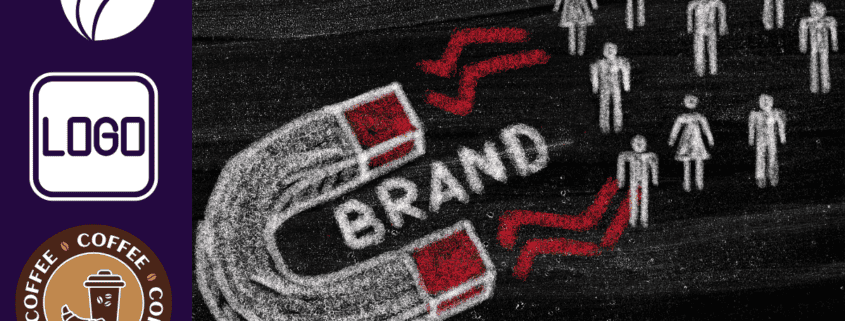Designing Patriotic Flag Patches With Custom Embroidery
in Custom Patches, Flag Patches, Patriotic SymbolsCustom embroidered patriotic patches are adorable for clothing placement. You do not need to wait for Independence Day for it. They are adorable to stick on bags, headwear, uniforms, and accessories. Plus, designing patriotic flag patches with custom embroidery is fun if you know certain things about it. Selecting the right embroidery method can bring your design to life, adding texture and depth that resonates with national pride. Today, I will explore how adding personal touches can transform a standard patch into a meaningful symbol of patriotism.
Understanding Flag Patch Materials
When choosing patriotic flag patches, understanding the materials they’re made from is crucial. Different materials affect durability, appearance, and comfort.
For instance, embroidered patches often use threads made from polyester or cotton, both offering unique benefits. Polyester is more resistant to fading and wear, making it ideal for outdoor use. On the other hand, cotton provides a softer feel, perfect for casual wear.
Think about the fabric; options like twill or felt can enhance the patch’s overall look and feel. Selecting the right materials ensures your patriotic patches stand out and last.
Selecting U.S Flag Design Elements
As you delve into selecting design elements for your patriotic flag patches, consider the symbolism and message you want to convey.
Think about colors that resonate with your audience; red, white, and blue often evoke feelings of patriotism. You might incorporate national symbols, like eagles or stars, to enhance the design’s meaning.
Also, consider the patch’s shape—rectangular, circular, or custom shapes can create different visual impacts. Keep your audience in mind; designs that reflect local pride or historical significance can foster a deeper connection.
Choosing Embroidery Technique for Flags
Choosing the right embroidery techniques can make all the difference in the final look of your patriotic flag patches.
You’ll want to consider options like satin stitch, which offers a smooth finish ideal for intricate designs. If durability is a priority, opt for a fill stitch that withstands wear and tear. For a more textured appearance, try using a chenille stitch, giving your patches a unique, raised look.
Don’t forget about thread selection; vibrant colors can enhance your design, while contrasting threads can add depth.
Personalizing Patriotic Flag Patches
Personalizing your patch adds a unique touch that makes it truly yours. You can start by incorporating your name, a favorite quote, or a meaningful date.
Think about colors that resonate with you or symbols that represent your values. Custom shapes can also enhance the design, allowing you to step outside traditional flag patterns.
Consider adding elements like stars or stripes in different arrangements to express your individuality. If you’re part of a group, include your team’s name or logo to strengthen your connection.
Useful Tips for Successful Production of Flag Patches
Ensuring the successful production of patriotic flag patches needs careful planning.
- Choose high-quality materials that can withstand wear and tear.
- Finalize your design, keeping in mind the size and color scheme that best represents your vision.
- It’s crucial to select the right embroidery technique; consider options like digitizing for precise detail.
- Test your design on a sample patch before moving to full production, as this helps identify any issues early on.
- Establish a reliable timeline for production, allowing for any unexpected delays.
- Communicate clearly with the patch manufacturer, ensuring they understand your specifications.

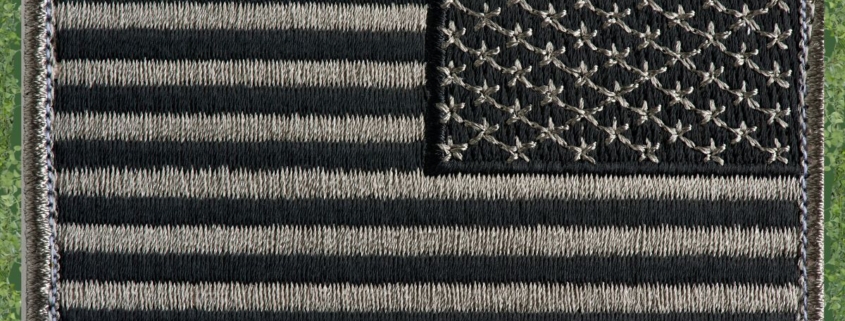
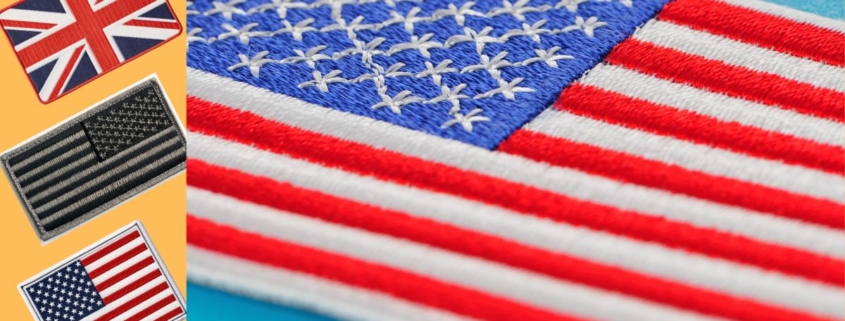
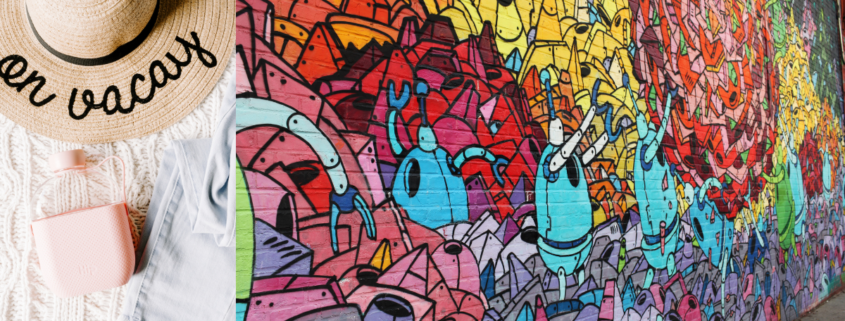
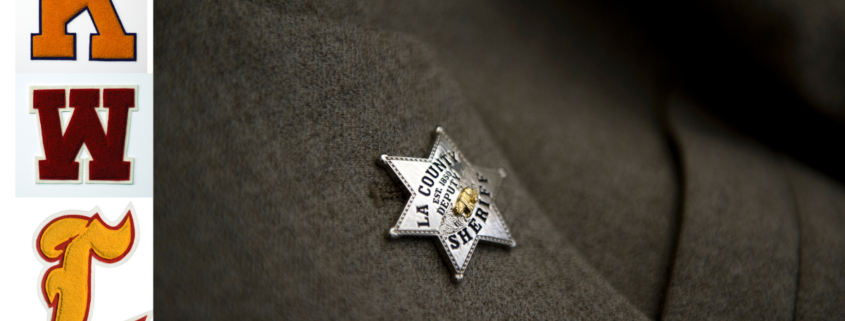 Custom Patches Mania
Custom Patches Mania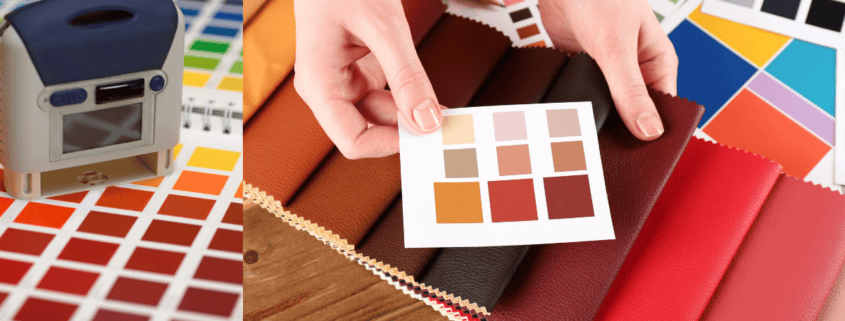
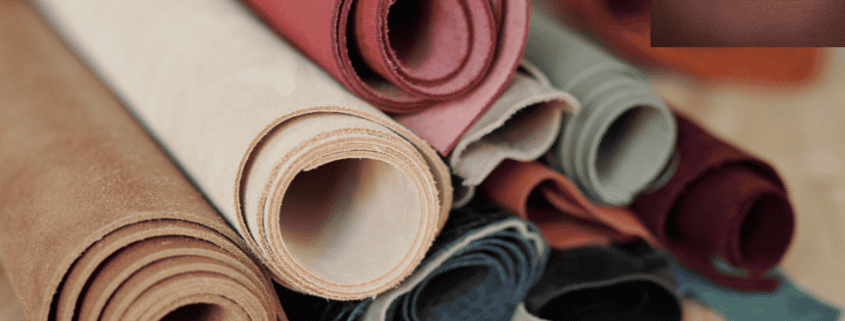

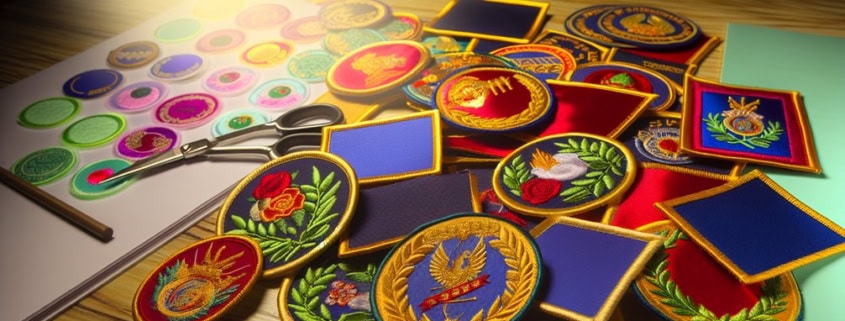 Custom Patches Mania
Custom Patches Mania